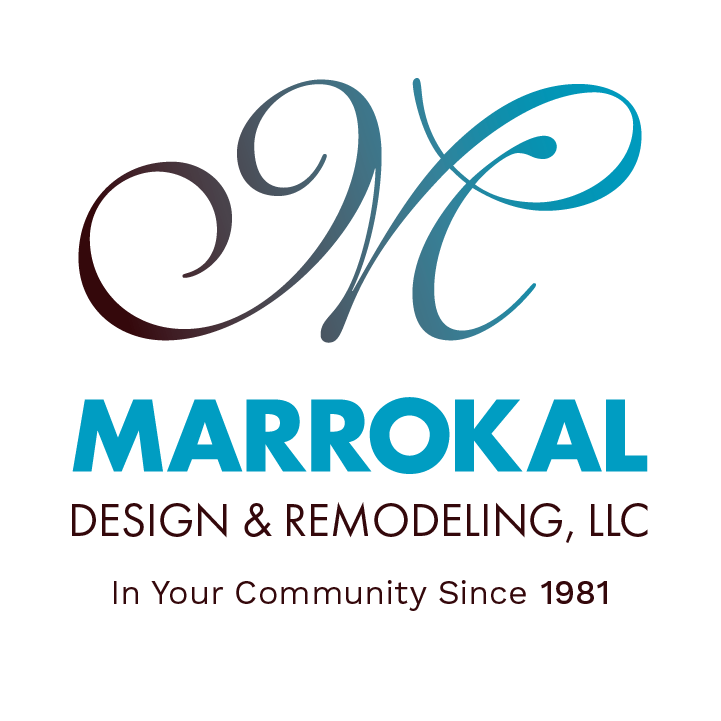No doubt you have heard about how the construction & architecture industry is changing the way they design buildings, focusing their efforts on implementing green design into their projects. As this trend becomes more popular, more and more homeowners are choosing to go green with their remodeling projects. By choosing to implement green design into their home renovations, homeowners are reaping the benefits that come with improved air quality, less waste and countless energy savings. For more information how going green can benefit you, read on.
1) Green Design Improves Indoor Air Quality
Since builders have started implementing green design into their projects, they have discovered the following practices increase the quality of airflow in every building. They are:
- Proper ventilation & sealed building envelope. This reduces the possibility of mold buildup, which is important since molds can cause respiratory problems for people.
- Installing radon-mitigation systems. Radon is a leading cause of lung cancer and getting ridding your home of it is very beneficial. Radon-mitigation systems facilitate the exit of harmful Radon gas from home soil to the exterior of the home.
- Minimizing volatile organic compound emissions. By using safer products such as low-VOC adhesives and cleaners, homeowners can reduce exposure to formaldehyde. Formaldehyde is a leading human carcinogen.
2) Green Design Reduces Water Usage
Remodeling with a green design significantly reduces the water needed to run your home. This is particularly important for homeowners from dry regions where there are water-use restrictions. To ensure that you maximize on the little water available:
- Install high-efficiency appliances such as cloth and dish washers that are best rated in terms of water usage.
- Use an efficient plumbing system that has reduced hot-water runs. In addition, toilets that use less than 1.3 gallons of water per flush are most effective.
3) Green Design Saves Energy
Energy efficiency is a key feature in all green homes. A green home saves the owner money by reducing the cost of utility bills. In addition, the cost of constructing an energy-efficient home is low. To reap the energy benefits, the remodeling should follow practices such as;
- Installing an appropriately sized HVAC system. Small HVAC systems lower energy expenses.
- Using advanced framing techniques. This reduces the heating and energy needed for cooling. A 2-by-6 framing method, for example, is efficient in addition to its low installation costs.
By remodeling a home using the green design, one can end up reducing expenses beyond expectations.






